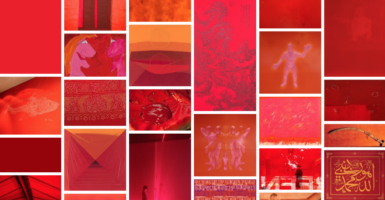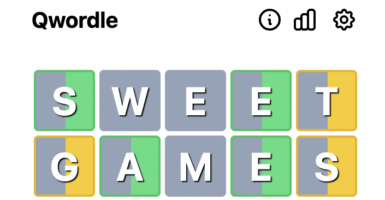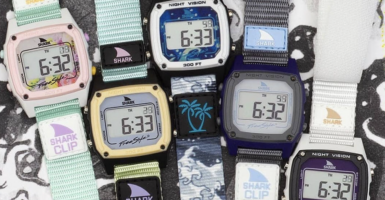Not everyone remembers these ’60s bands
When people look back at the music of the ’60s, a lot of names tend to pop up. Alongside the stars of the British Invasion like The Beatles, The Rolling Stones, and The Who, American acts like The Beach Boys, The Grateful Dead, Jefferson Airplane, The Doors, and Simon & Garfunkel all but provided the soundtrack to one of the most significant decades of the 20th Century.
However, the ’60s were such a banner decade for music that bands that match these venerated acts in sheer talent have fallen by the public wayside. While some of these absences are easier to explain than others, they get their due today.
Blood, Sweat, And Tears
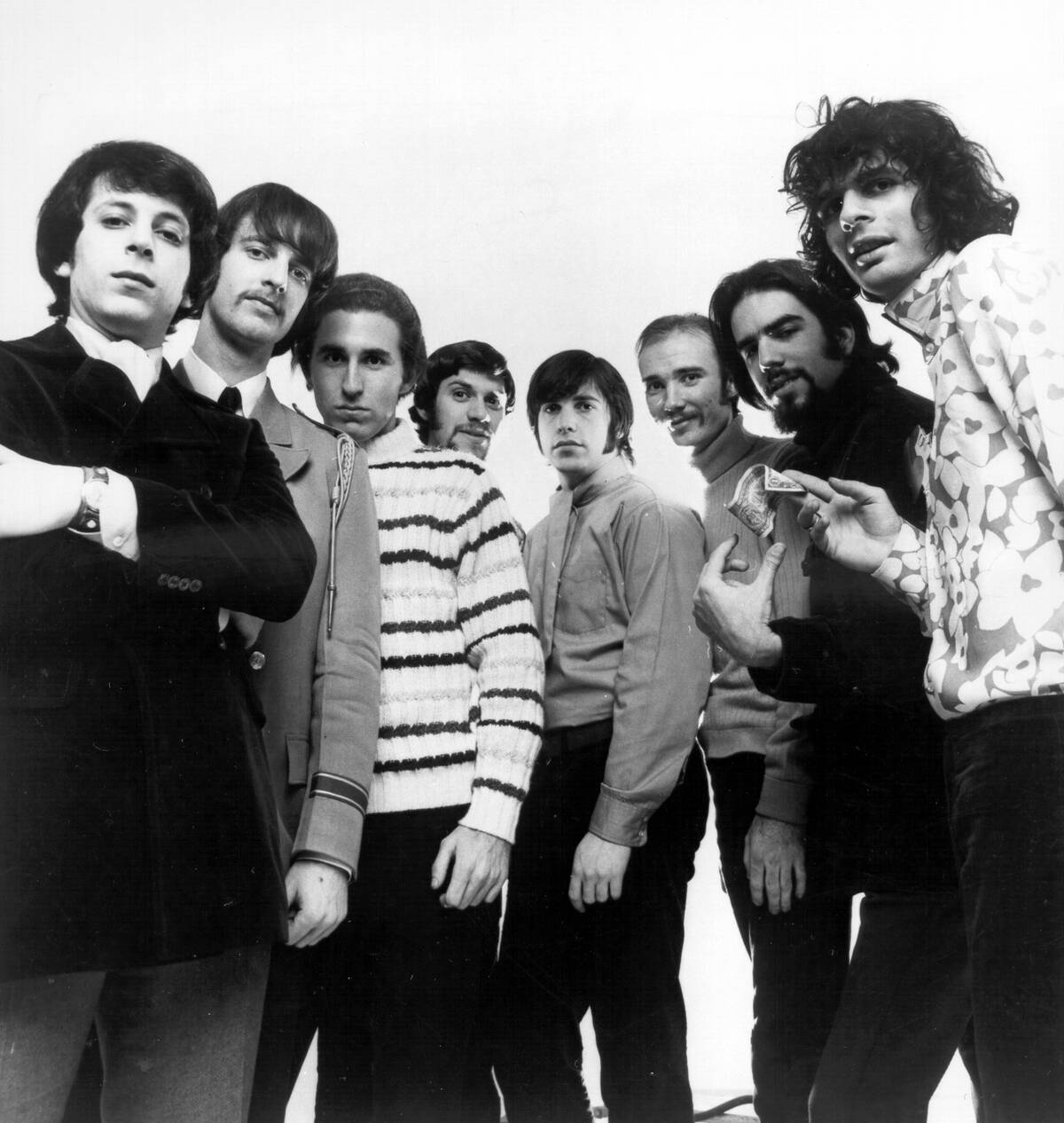
In 1969, the idea that Blood, Sweat, and Tears would one day become fairly obscure was laughable. After their classic debut album Child Is Father To The Man hit in 1968 — including its masterpiece of a closer, “So Much Love/Underture” — Blood, Sweat and Tears notched three top-ten hits that all made it to number two on the Billboard Hot 100.
By 1972, however, the band was struggling to reach even the top 40, while many other big ’60s acts were able to get at least a little traction in the ’70s.
Freddie And The Dreamers
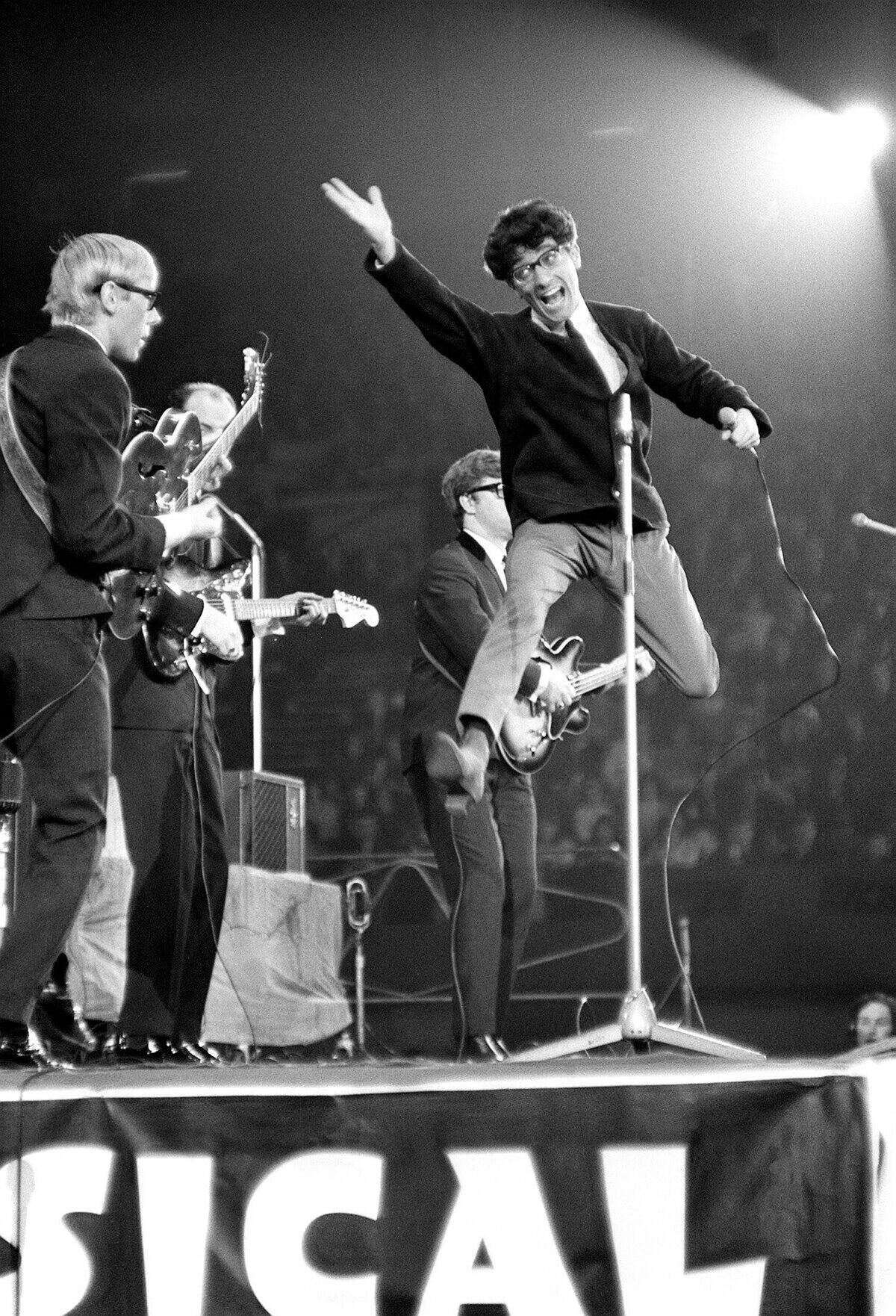
While they weren’t necessarily superstars in their time, the English beat band Freddie & The Dreamers stood out for their truly unique lead singer, Freddie Garrity. This photo shows how full of boundless energy he was but his penchant for wild stunts was only part of his unpredictable charm.
The band’s biggest hit “I’m Telling You Now,” reached number one on the Billboard Hot 100 and it featured him laughing manically, pretending to shave with his microphone, and engaging in an odd wide-stepping dance alongside his bandmates as he sang the titular refrain. This dance, called the Freddie, would prove a minor trend at the time and launched a follow-up single called “Do The Freddie.”
The Kinks
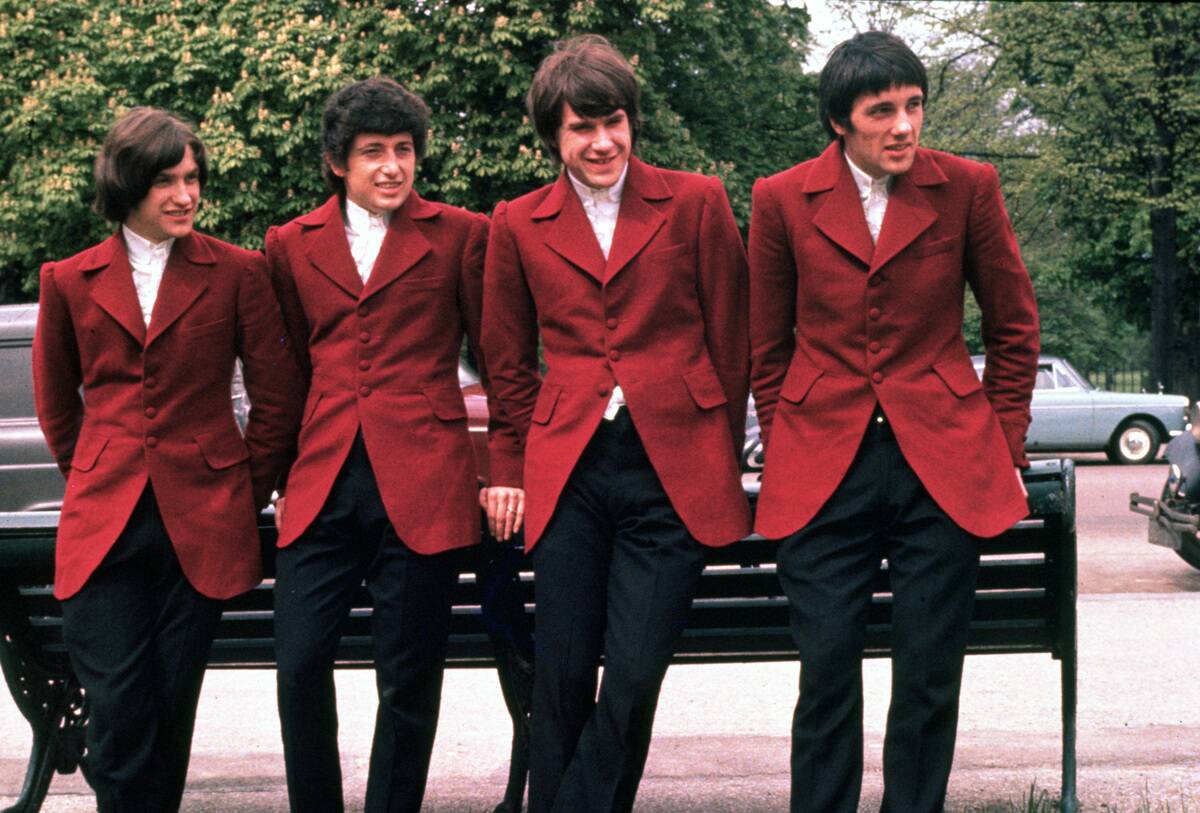
In popular culture, The Kinks occupy an odd cultural legacy where the average person might recognize a few of their hits, but wouldn’t put them on par with The Beatles.
However, it’s fair to say that they were, as ambitious concept albums like The Village Green Preservation Society, Arthur, and Lola Versus Powerman And The Moneygoround Part 1, are a formidable match to all-time classics like Revolver, Sgt. Pepper’s Lonely Hearts Club Band and Abbey Road. Unfortunately, they also had a more chaotic reputation than other British bands, which left them banned from performing in America and hampered their international momentum.
Billy J. Kramer & The Dakotas
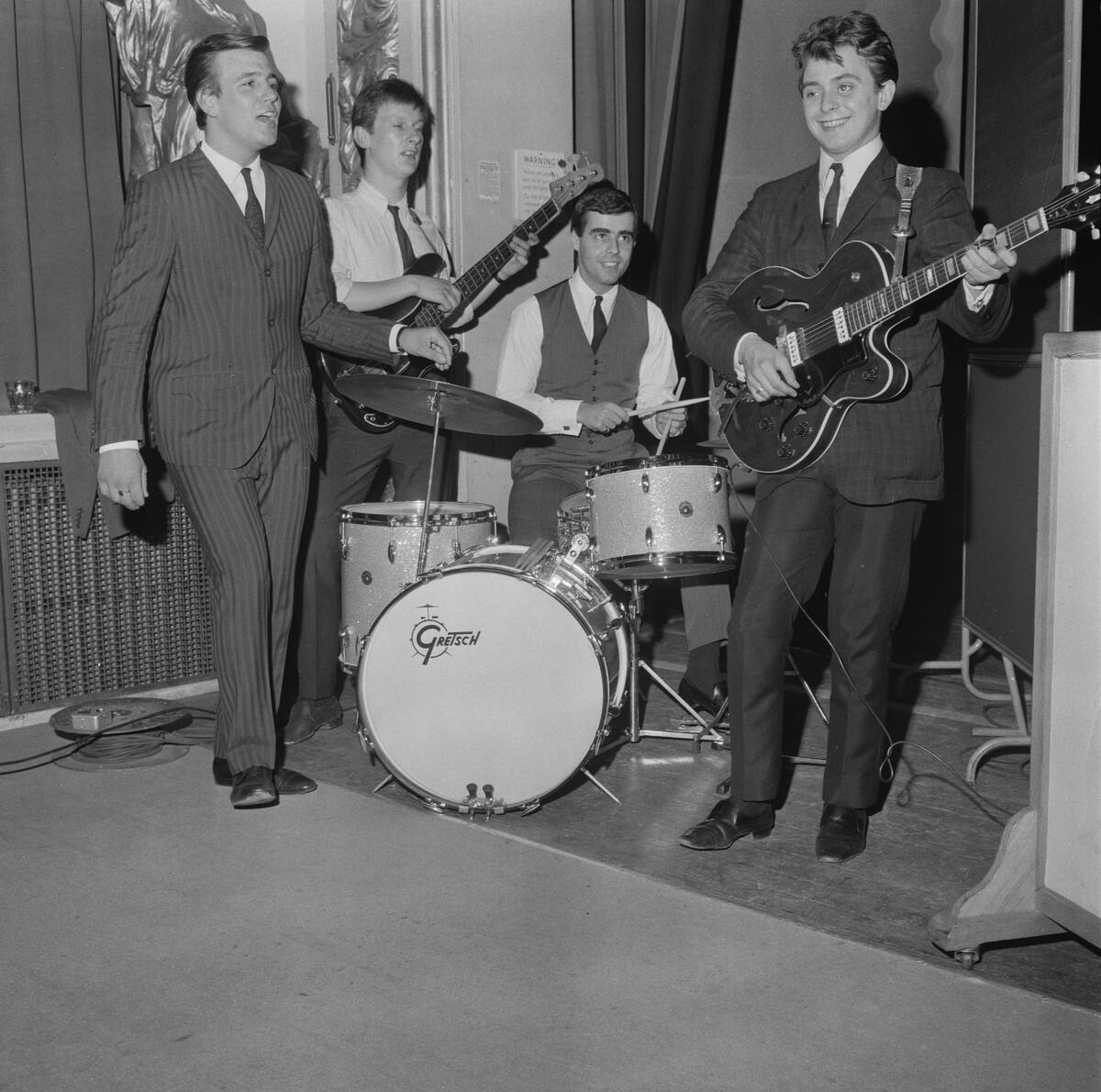
While people tend to associate the British Invasion with The Beatles, The Rolling Stones, or The Who, they were far from the only bands to try and translate their British success stateside. Indeed, The Beatles weren’t even the only act to power their momentum with a steady stream of Lennon/McCartney compositions.
Since Billy J. Kramer & The Dakotas were also managed by Brian Epstein in the early 1960s, this band had enviable access to the legendary songwriting duo’s efforts. Yet, while that connection gave the band one of its biggest hits in “Bad To Me,” they were able to secure their best-charting single, “Little Children,” elsewhere.
The Marcels
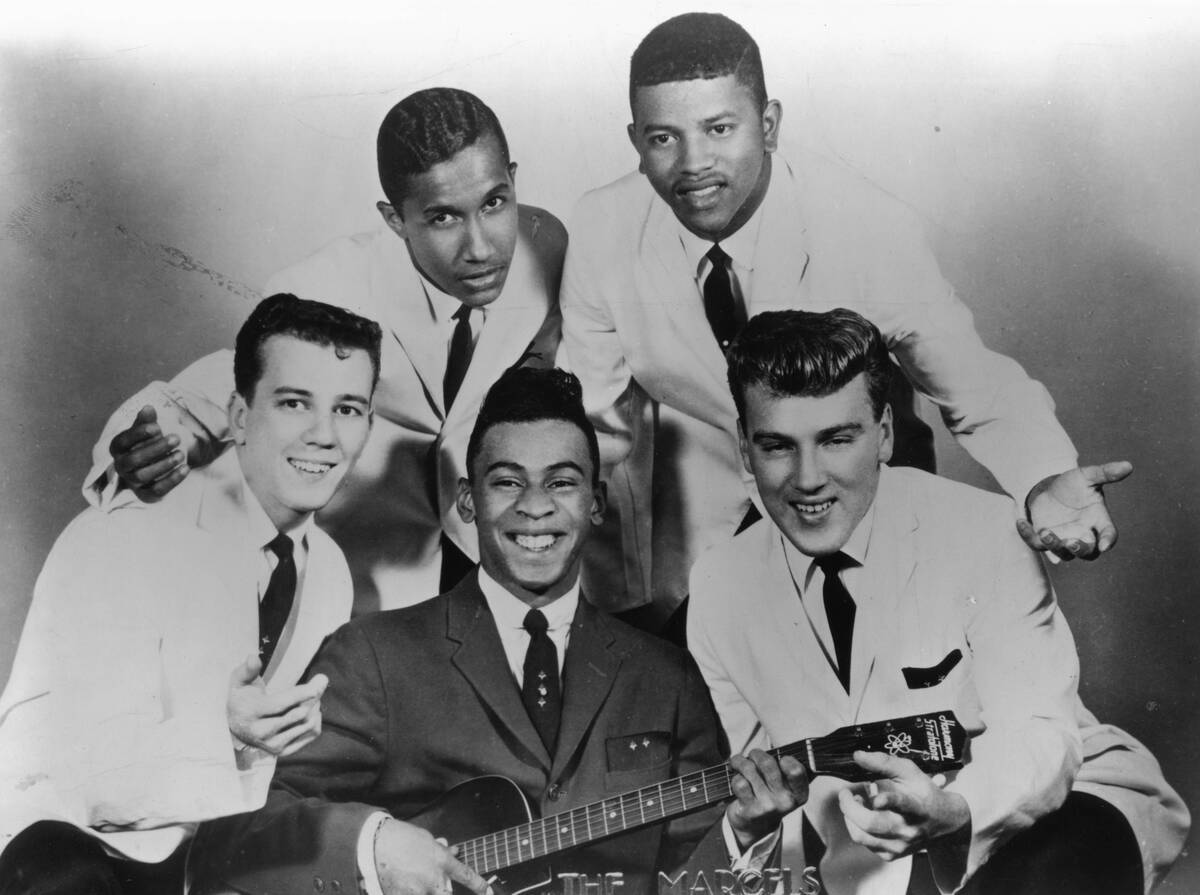
After emerging in 1959, The Marcels had the curious legacy of being both ahead of and behind their time. On the one hand, they were a racially integrated group at a time when that was a much rarer phenomenon. On the other hand, they were making ’50s-style doo wop in the ’60s.
Nonetheless, they remain known today for their cover of the standard ballad “Blue Moon,” which they made distinct with their iconic nonsense-laden intro. Sadly, racial tensions they experienced during southern gigs meant the band’s original incarnation didn’t last long.
Herman’s Hermits
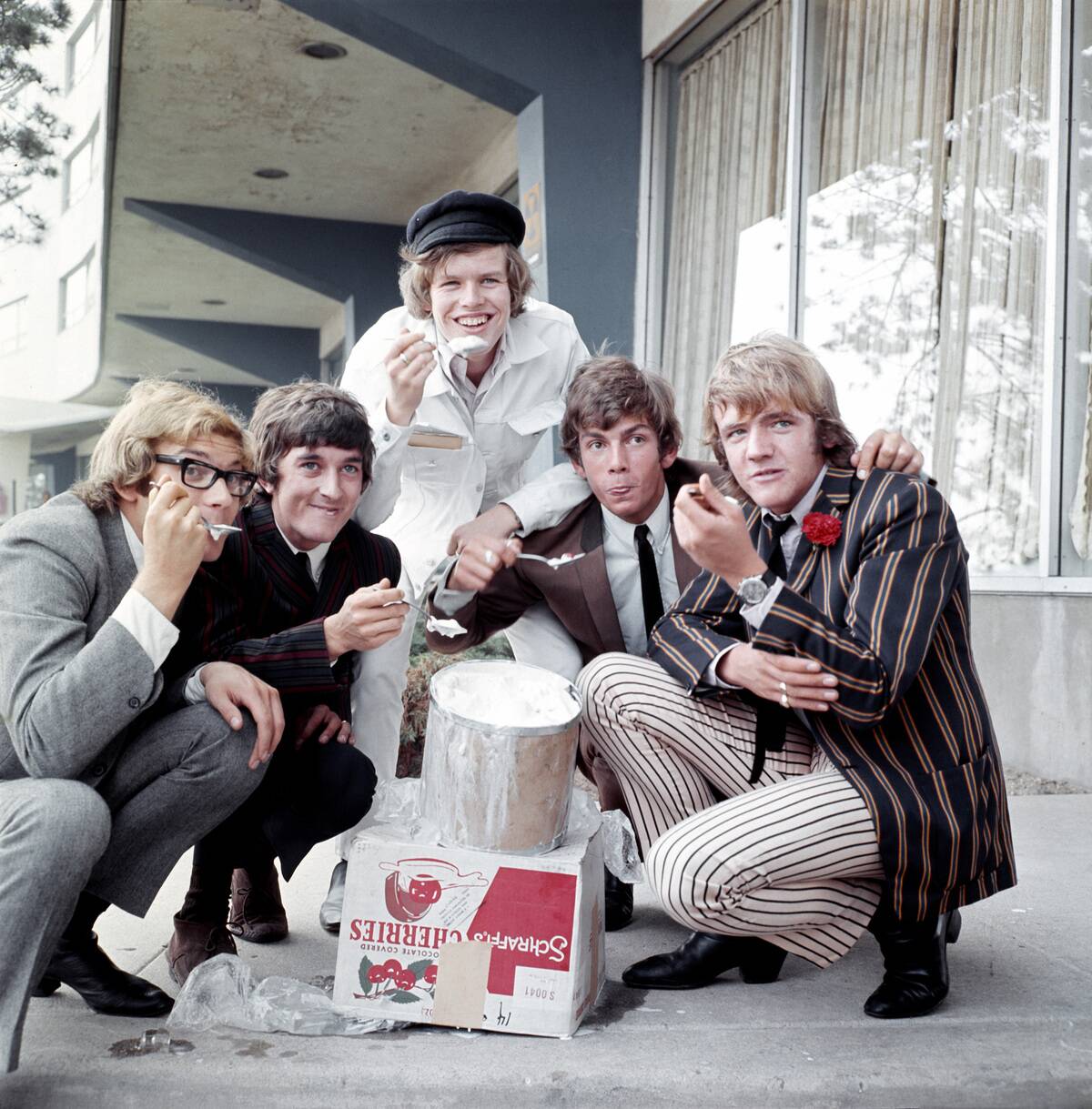
Like many British bands during the ’60s, Herman’s Hermits rode the wave of the British Invasion to great success, scoring two number-one hits in 1965 with “I’m Henry VIII, I Am” and “Mrs. Brown, You’ve Got A Lovely Daughter.”
While they haven’t been completely forgotten, Herman’s Hermits tend to be remembered as more of a novelty act than as a serious contender in the British Invasion landscape. Perhaps that’s because their music was lighthearted when their contemporaries started to get more serious.
Soft Machine
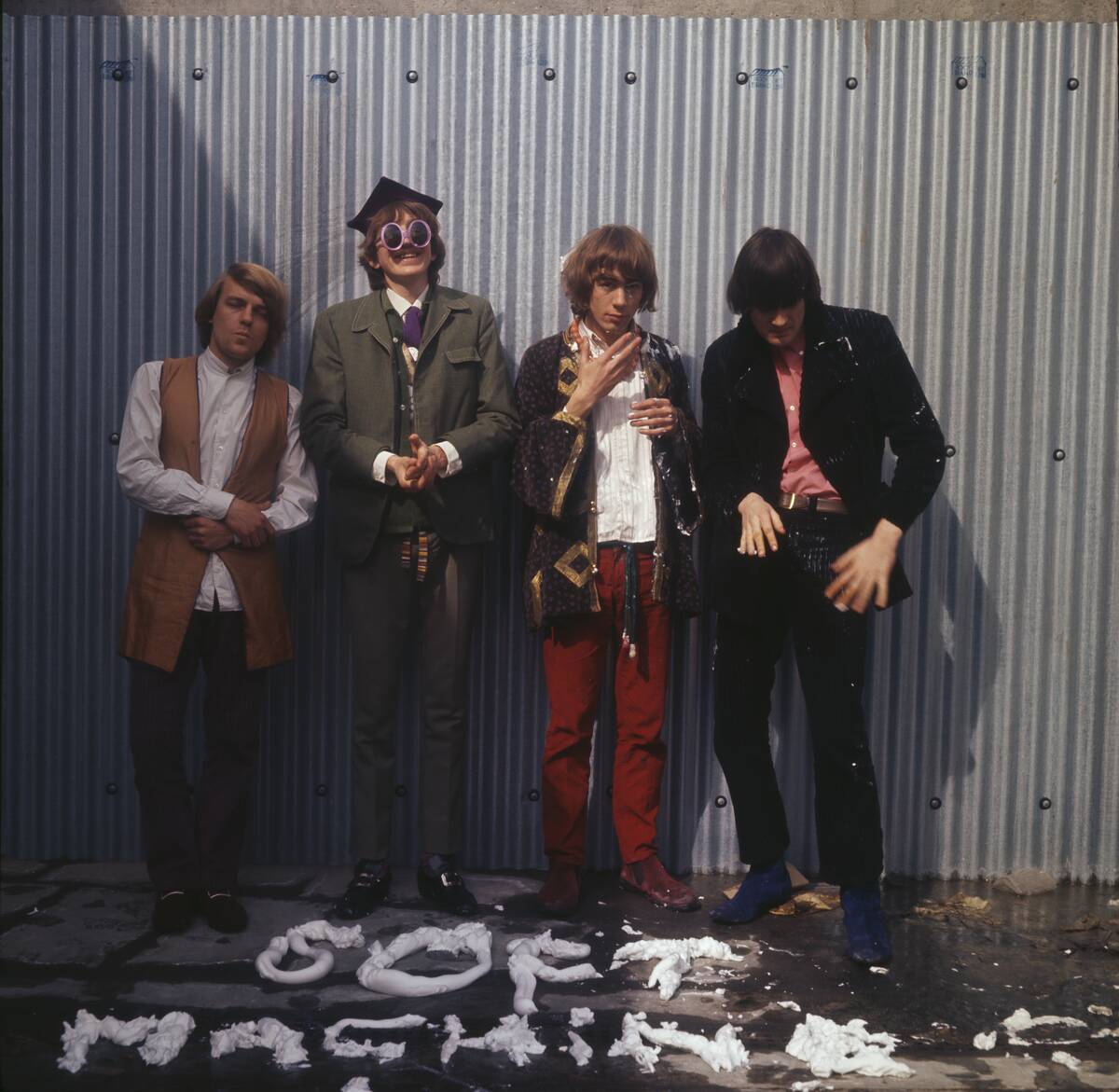
When it comes to establishing a band’s legacy, it often doesn’t help when the band wasn’t the biggest hitmakers to begin with. Nonetheless, Soft Machine’s first two albums — simply titled The Soft Machine Vol. 1 and Volume Two — make up some of the most impressive psychedelic rock of the late ’60s.
Although the band entered the ’70s strong with their acclaimed third and fourth albums — simply titled Third and Fourth —their acclaim and inspiration would peter out as the decade rolled on and their original incarnation disbanded in 1981.
Blue Cheer
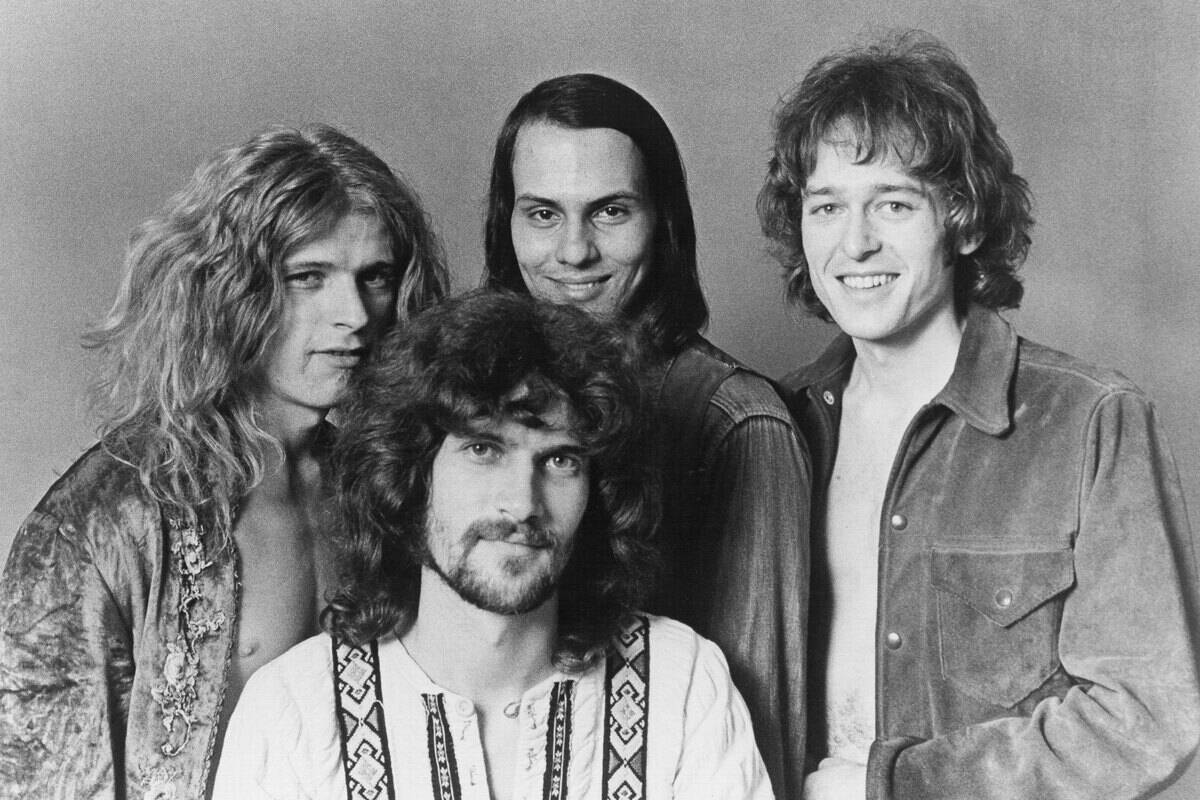
Although their first album Vincebus Eruptum, charted well and earned them a top-20 hit in “Summertime Blues” in 1968, Blue Cheer tends to be more acclaimed in retrospect than they were at the time.
That was because they had an uncompromisingly harsh and forward-thinking approach to acid rock, which would eventually lead future artists and critics to credit them as one of the pioneers who would inspire the rise of metal. Still, they’re probably one of the more obscure acts to earn that distinction.
The Crazy World Of Arthur Brown

Although the psychedelia of the late ’60s could make the music world pretty strange, that didn’t make the world any more ready for the wild intensity and elaborate visual antics of The Crazy World Of Arthur Brown. Known for their 1968 hit “Fire” in which Brown screams, “I am the god of hellfire, and I bring you,” they achieved brief success before going back underground before the decade was out.
However, what Brown lacked in long-term commercial success, he made up for in long-term influence. Shock rockers like Alice Cooper reverently trace their penchants for elaborate makeup, intense on-stage antics, and macabre songwriting to his unique approach. Not all of them were brave or, indeed, crazy enough to wear a burning helmet while performing, however.
Captain Beefheart And His Magic Band

Although it’s probably fair to say that Captain Beefheart and his Magic Band are more famous now than they were at the time, it’s still entirely possible to be unaware of his legacy while enjoying contemporaries like Frank Zappa. While Zappa’s genius was also hard to predict, even he hadn’t made a record that sounded like 1969’s Trout Mask Replica.
Indeed, one would be hard-pressed to find anything released at the time that did. Although earlier albums like Safe As Milk are a little more accessible to fans of more straightforward blues-rock, the other album has inspired more curiosity for being more representative of Captain Beefheart’s wilder aesthetics and musiucal complexity.
The Association
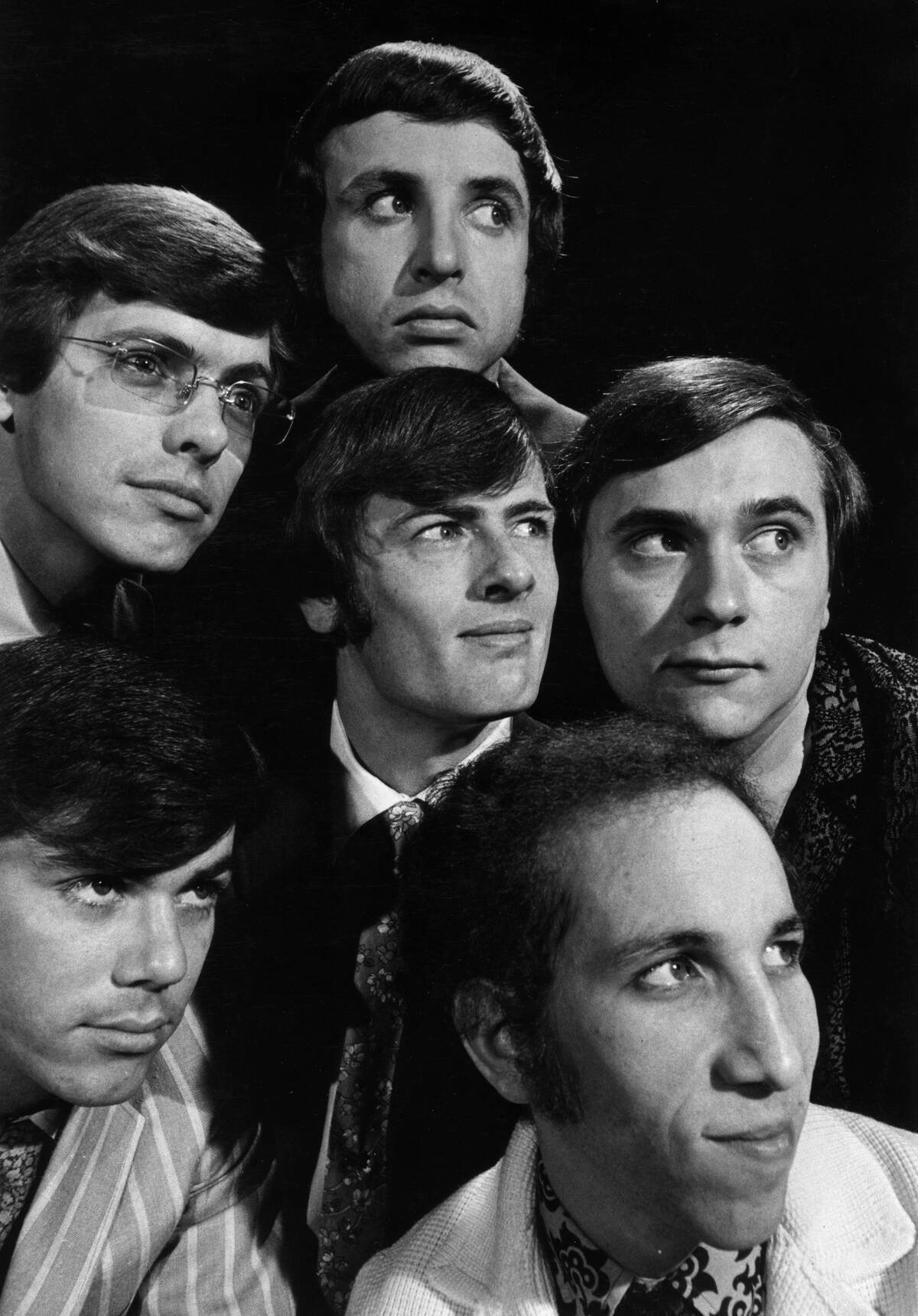
While it’s nearly impossible for any band capable of multiple chart-topping hits not to have a legacy, that of The Association has been surprisingly muted since their heyday, at least when compared to their contemporaries of the last ’60s. That wasn’t for a lack of talent, either, as the band was highly regarded for their intricate vocal harmonies.
Although The Association was a serious enough concern in the late ’60s to open the famous 1967 Monterey Pop Festival, their big hits like “Cherish,” “Windy,” “Never My Love” and “Along Comes Mary” are more likely to be remembered by their original fans than embraced by further generations. It seems that when so many groups at the time write sweet, dreamy love songs, it’s hard to keep track of them all.
The Hollies
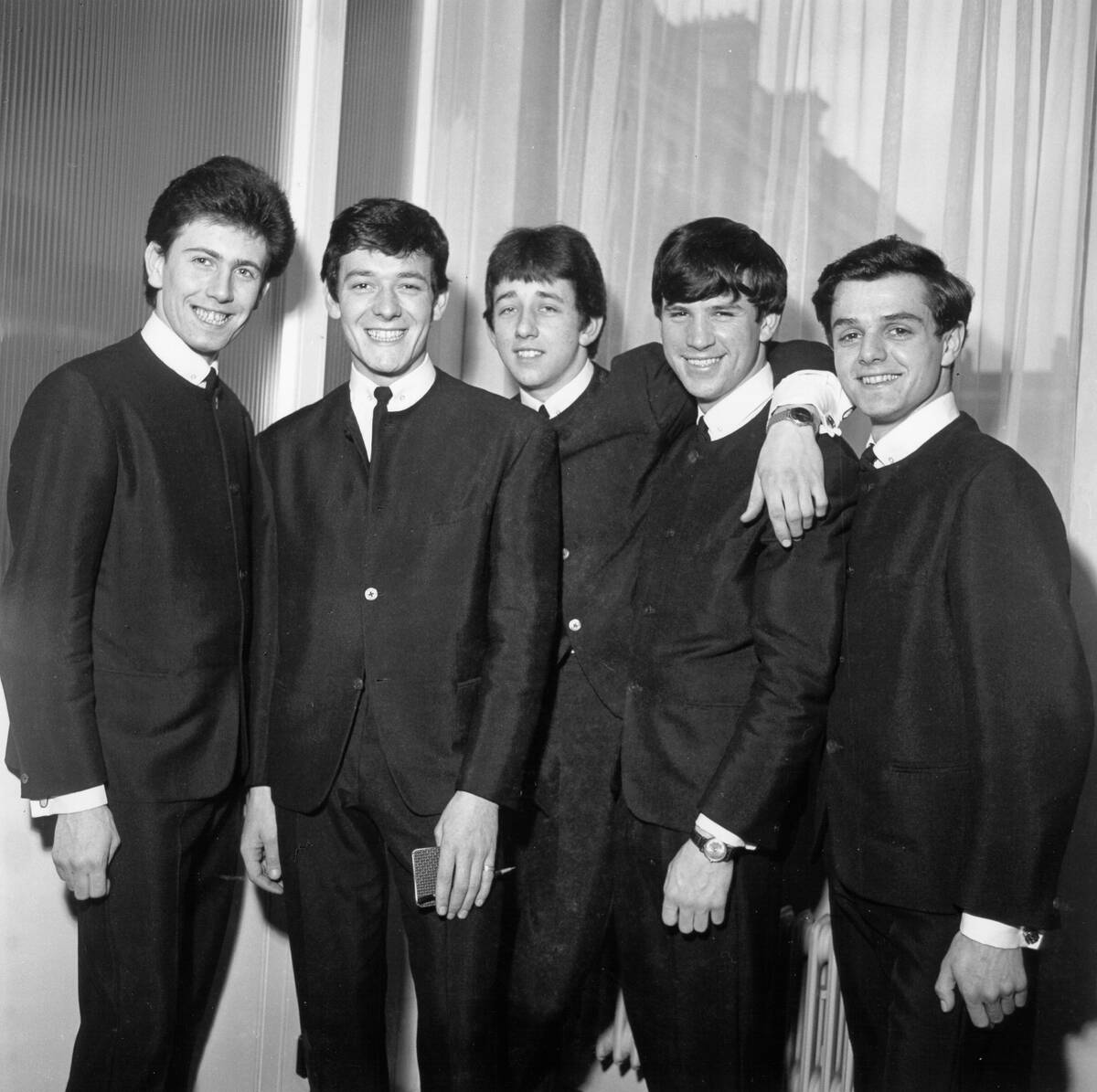
Although The Hollies are known for light, heartwarming fare like “The Air That I Breathe” and their emotional version of “He Ain’t Heavy, He’s My Brother,” those don’t even account for half of the top-ten hits that they scored throughout the ’60s and ’70s.
Nonetheless, founding member Graham Nash (left) would nonetheless become better remembered as a member of the famous super group Crosby, Stills, Nash, and Young than for creating The Hollies.
The Searchers
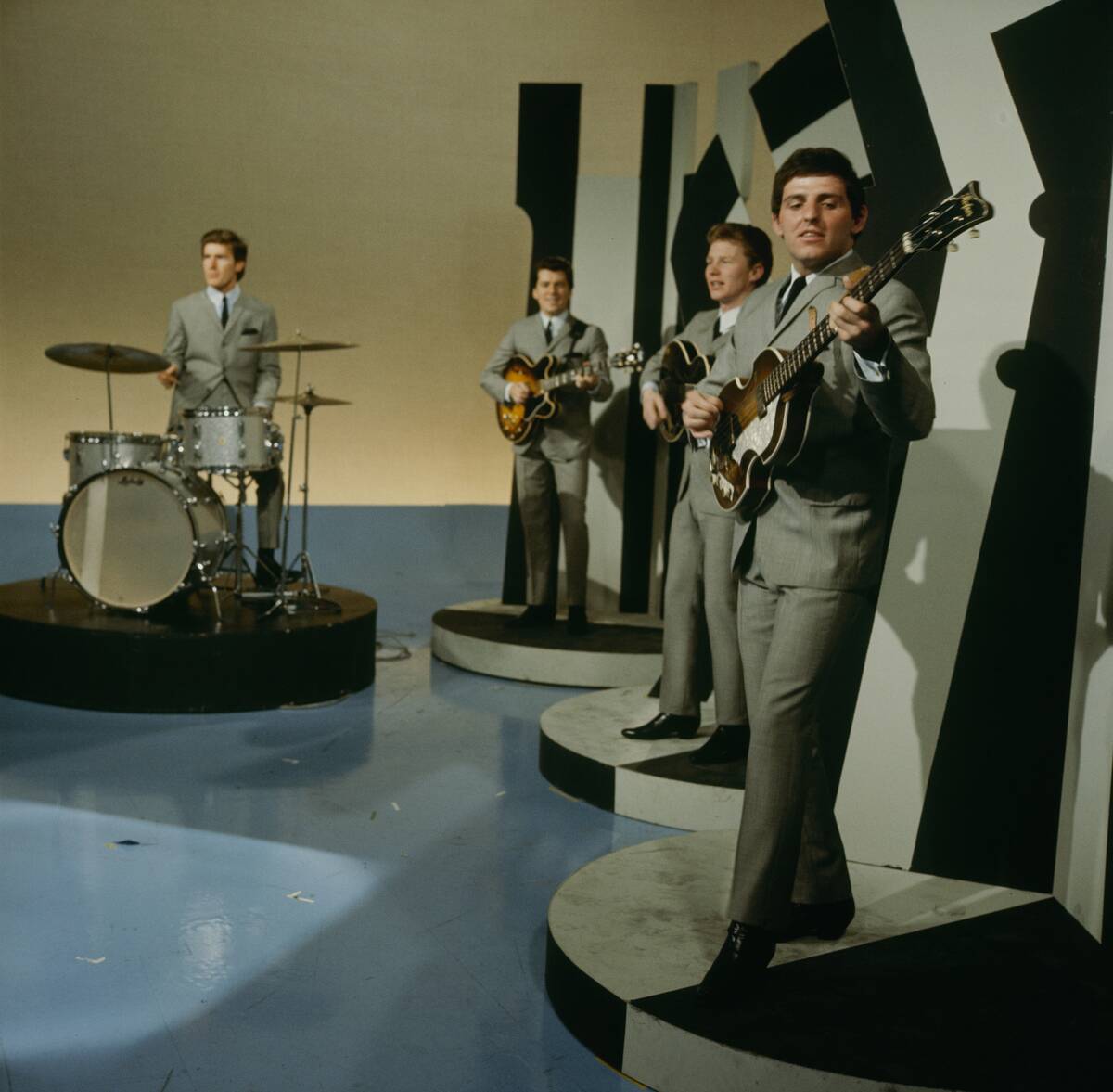
With the exception of powerhouse acts like The Beatles and The Rolling Stones, it was initially hard to tell who was going to emerge as scene leaders of the British Invasion.
Yet, while The Searchers appeared to do a lot to lead the charge at the time with songs like “Love Potion #9” modern listeners will likely have more trouble remembering their name than other British Invasion contemporaries like The Animals or The Zombies.
Sam The Sham & The Pharaohs
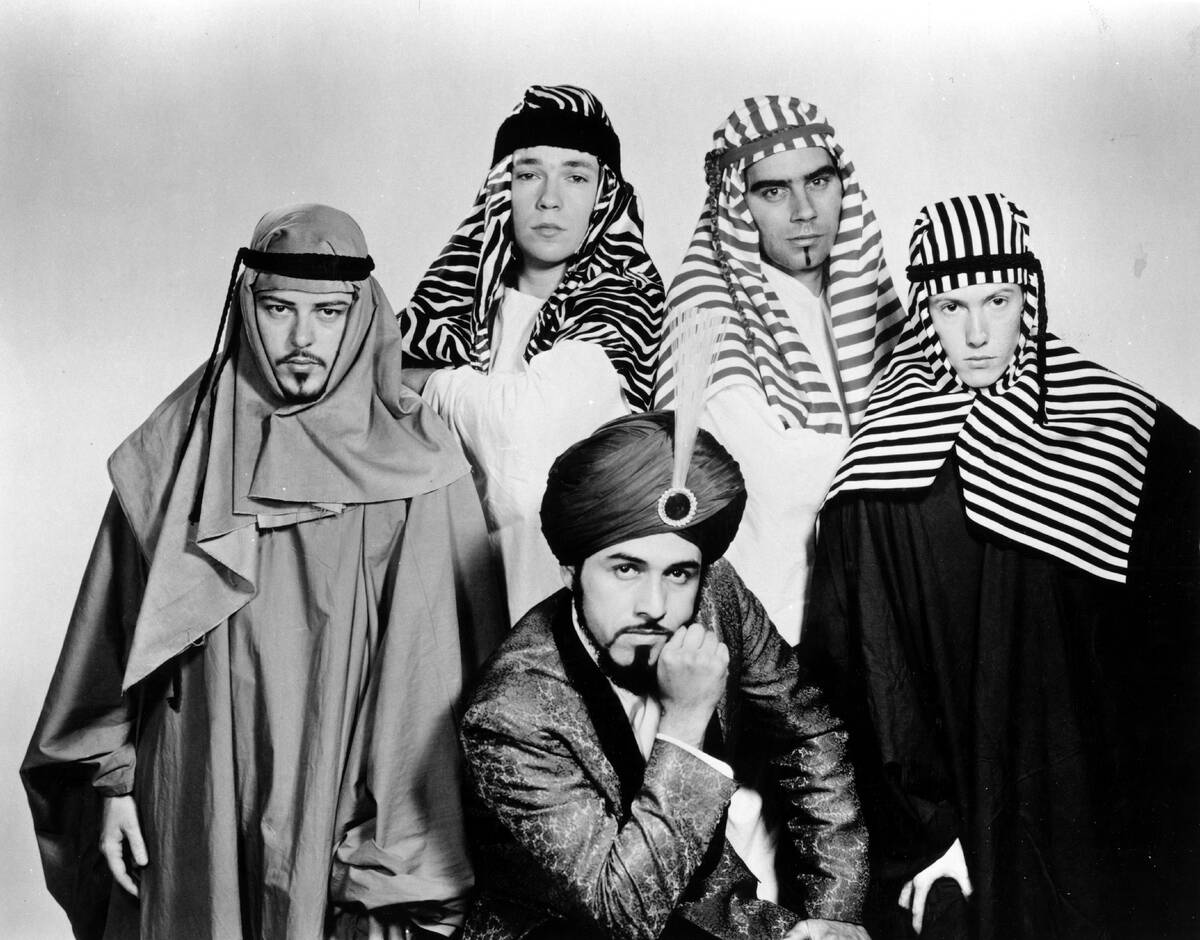
While the ’60s were an era in which most people could expect to see their favorite bands perform in suits, it’s nonetheless true that some acts sought to stand out with visual gimmicks. Although Sam The Sham & The Pharaohs serve as an example of a band whose gimmick aged pretty poorly, it seemed to help them get attention at the time.
That’s because their signature number-two hit “Wooly Bully” remained on the Billboard Hot 100 for 18 weeks in 1965, while their similarly famous hit “Lil’ Red Riding Hood” also made it to number two during the following year.
Paul Revere & The Raiders
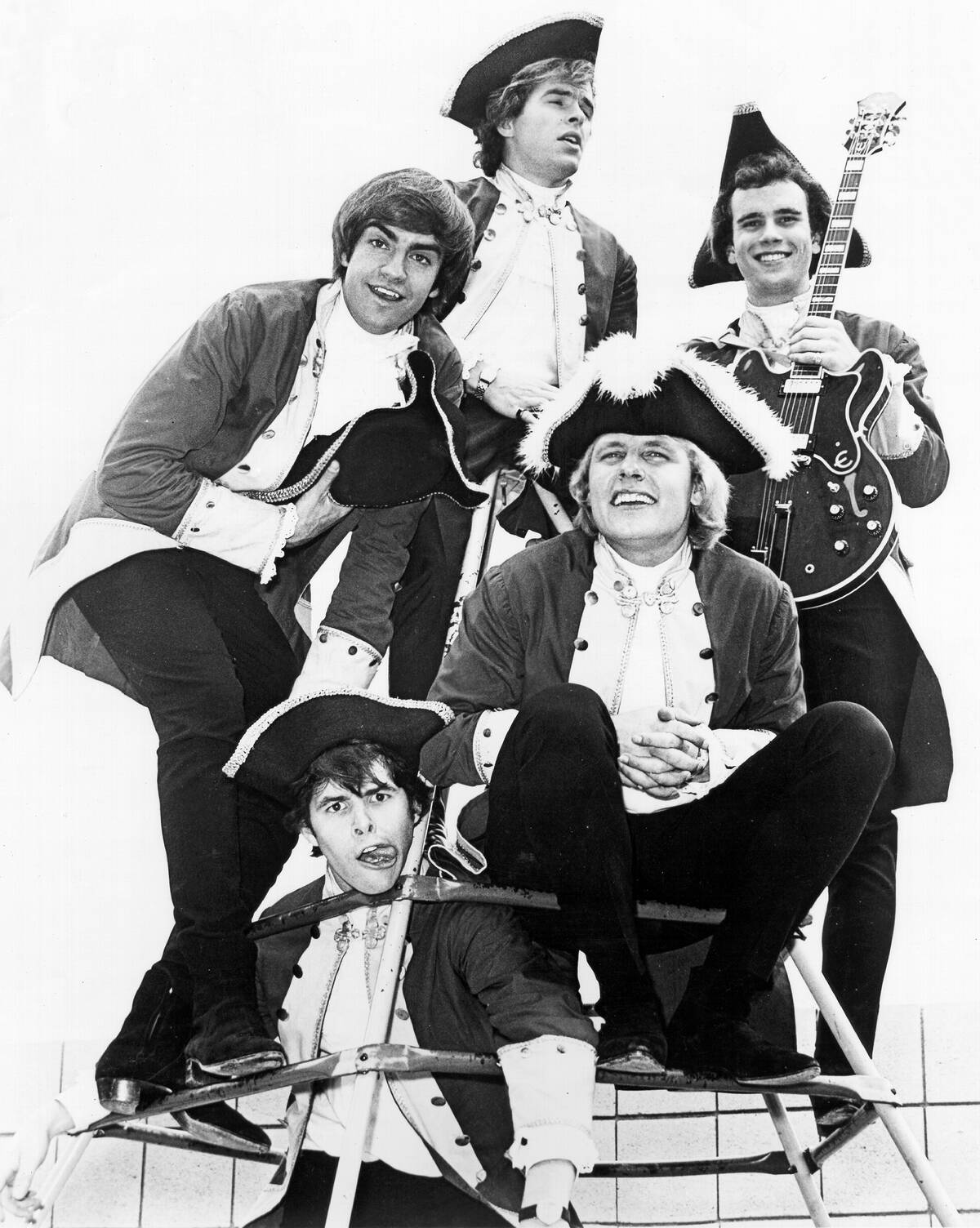
Although they’re something of a rock historical footnote for their American Revolution-themed garb and their competing version of “Louie, Louie” that battled it out on the charts with the more iconic version by The Kingsmen, it’s easy to forget how famous Paul Revere & The Raiders once were.
Between 1966 and 1967, they had four top-ten albums with the last of the four being a greatest hits collection. They had only released their debut album two years prior by that point.
The Box Tops
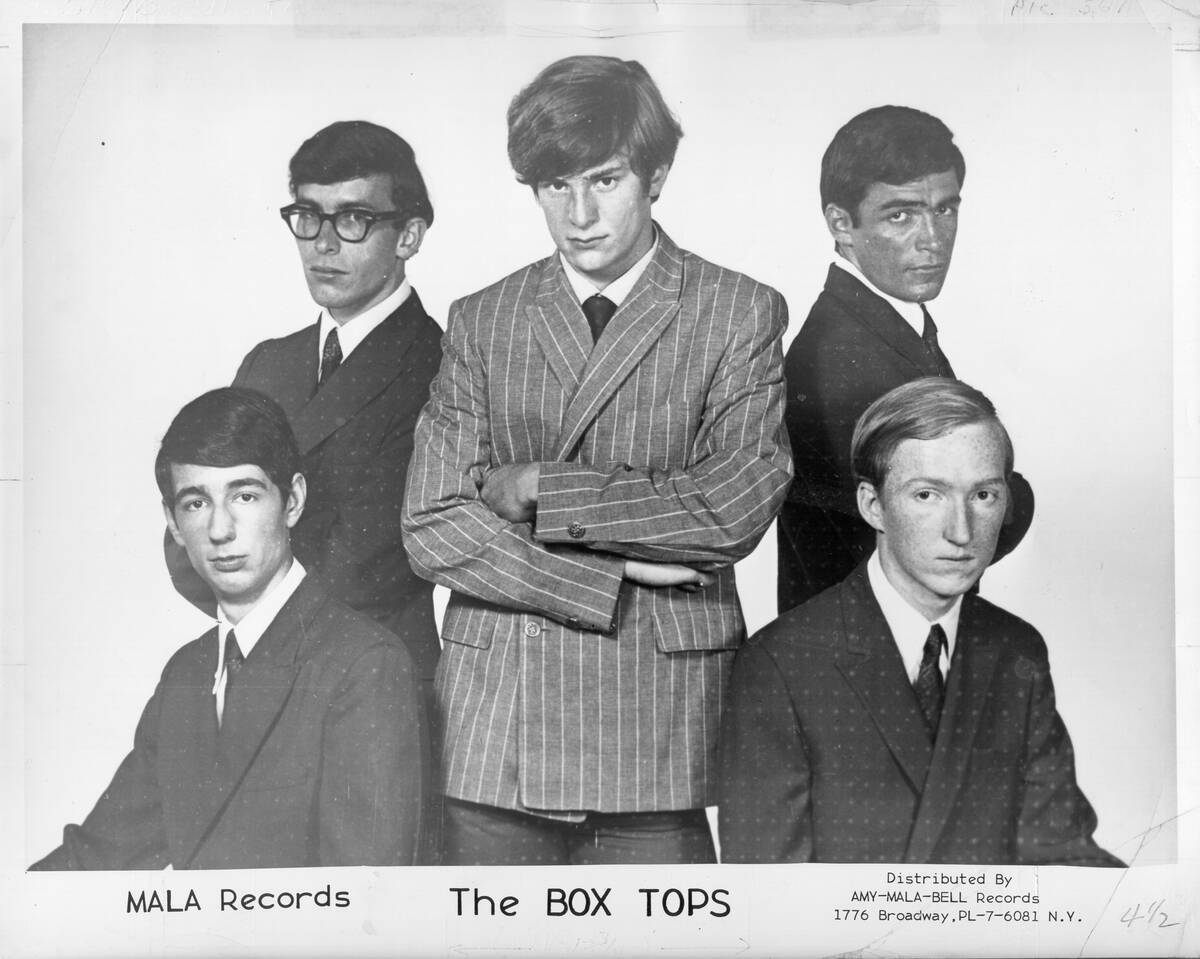
Many who aren’t necessarily familiar with the Box Tops will recognize the name Alex Chilton, as he had a more legendary presence after starting the band Big Star during the following decade. Ironically, Big Star would be widely underrated at the time, while the Box Tops had the more immediate success.
“Cry Like A Baby” and “Soul Deep” from 1968 and 1969 (respectively) would perform very well for the band, but their biggest hit came in the form of their debut single, “The Letter,” which reigned at the top of the Billboard Hot 100 for a staggering four weeks in 1967.
Budgie
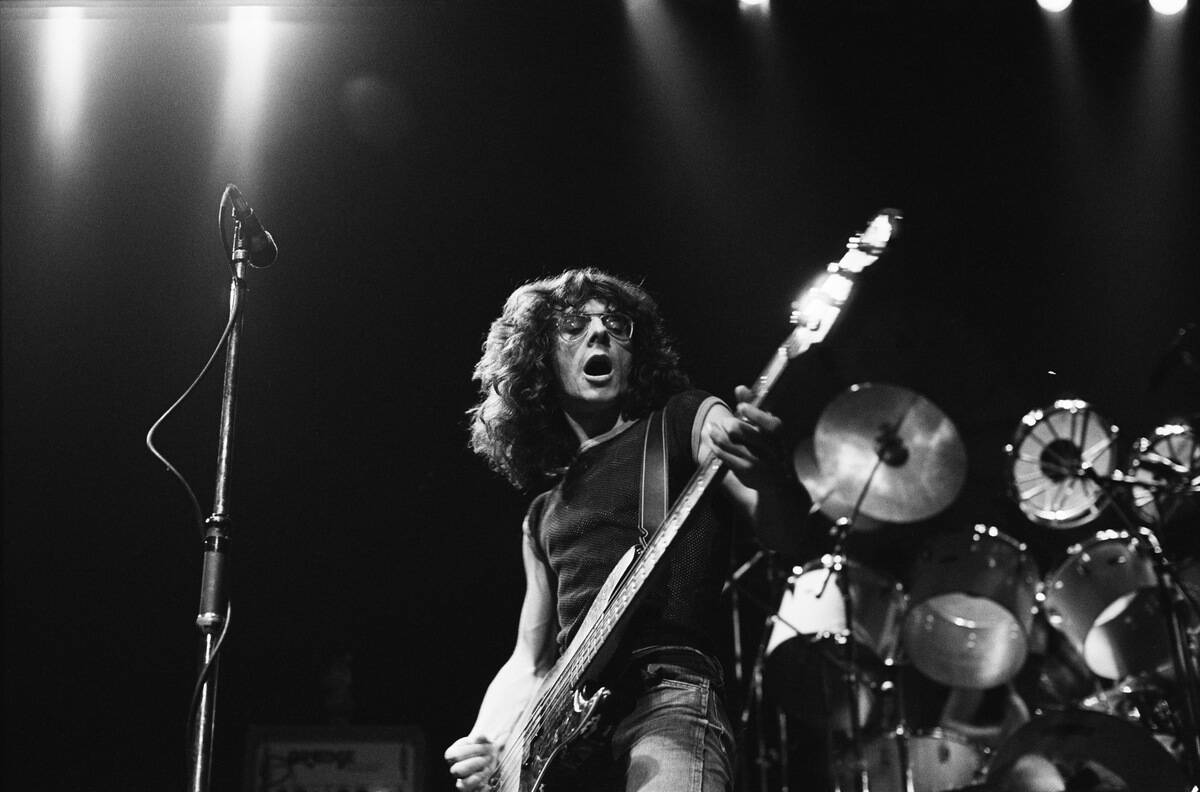
Although the record-buying public wouldn’t be familiar with Budgie until the ’70s, they would be a known quantity to record labels at the time because they started shopping their demo around in 1968. At that point, the Welsh heavy metal band had already landed on their name.
While their music got heavier and leaned further into the metal side of things as they went on, their demo and the 1971 debut album it would provide the foundation for was better described as blues-influenced hard rock. As bassist Burke Shelley (pictured) said of the band’s name, “I loved the idea of playing noisy, heavy rock, but calling ourselves after something diametrically opposed to that.”
Country Joe And The Fish
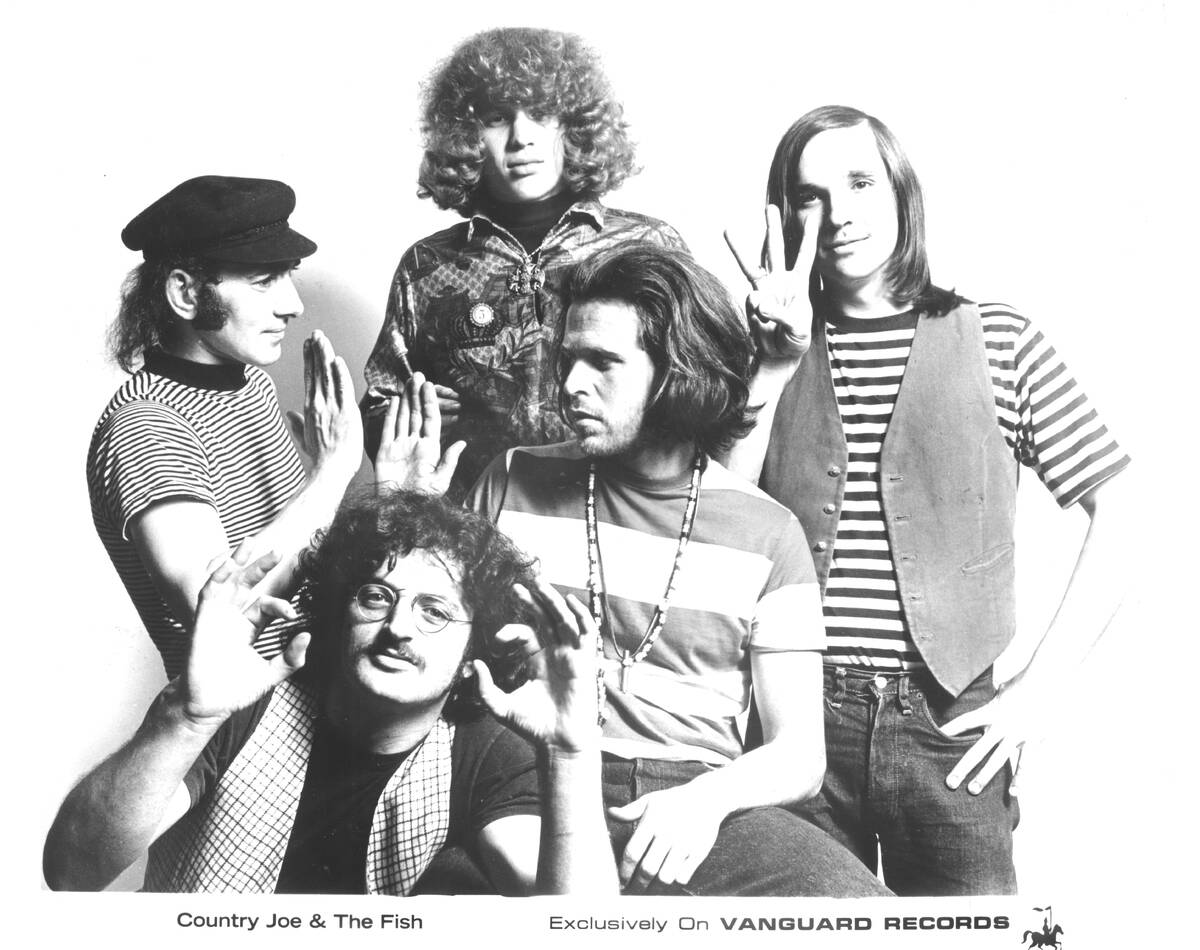
Although they had a fairly silly name, Country Joe And The Fish would exert a serious influence over the rise of psychedelic rock in the mid to late ’60s, as they were a leading figure in the watershed San Francisco music scene at the time.
Their influence wasn’t just felt on a technical level despite their unique guitar melodies and use of distortion in their organ instrumentation proving groundbreaking in the cultivation of acid rock. They were also leading figures in the San Francisco scene’s counter-cultural bent, as the penchant for protesting, free love, and recreational use of narcotics were all significant to their lyrical themes. This was particularly evident in the dark satire in “I-Feel-Like-I’m-Fixin’-to-Die Rag,” their signature protest song against the Vietnam War.
Flamin’ Groovies
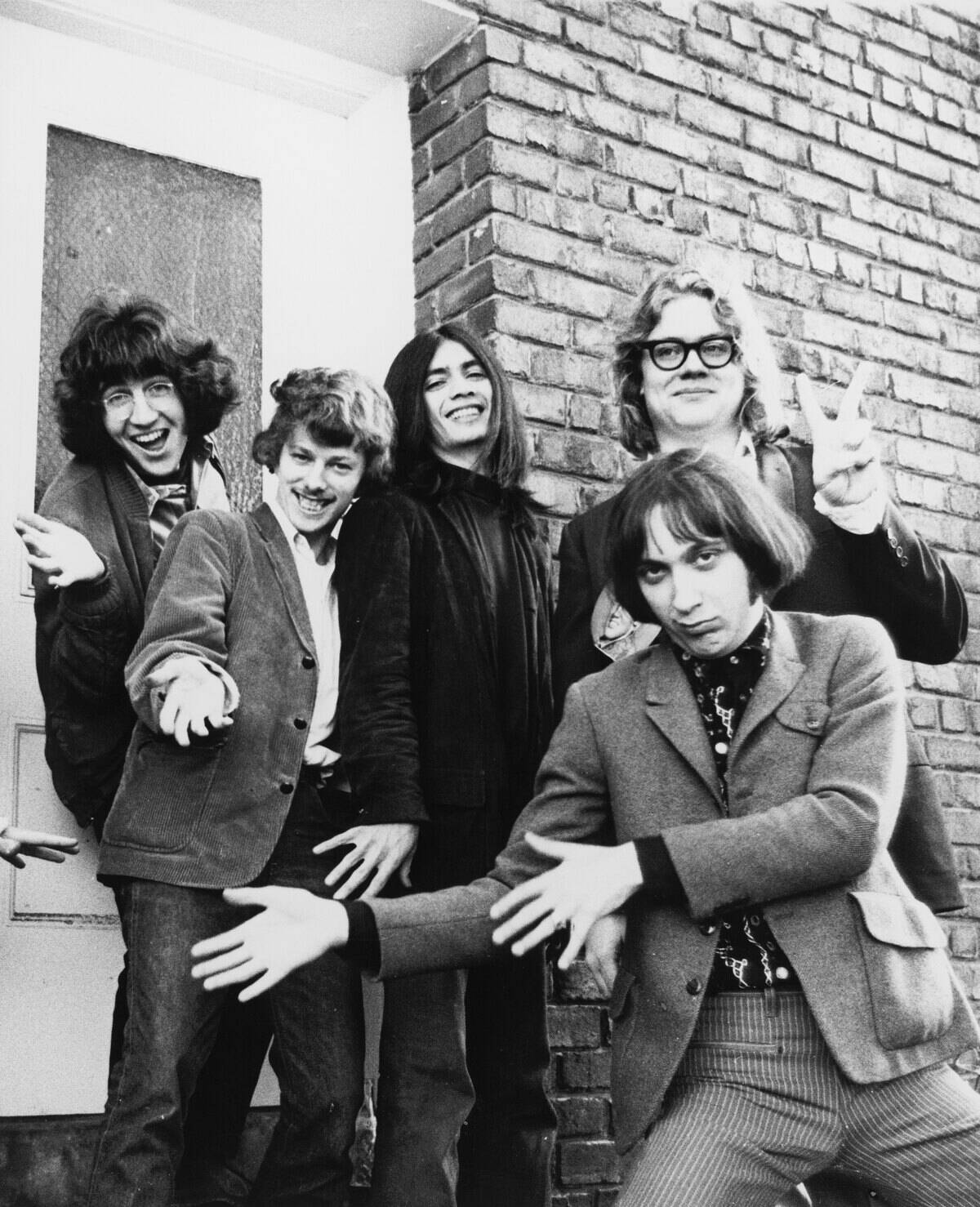
When the ’70s loomed, Flamin’ Groovies would explore the kind of eclectic work that made them both pioneers of power-pop and a credible progenitor of the punk rock movement, which are hard sounds to join together. By the time they released their 1969 debut album Supersnazz, however, they weren’t quite that close to figuring out their sound.
While the hardness of Detroit’s music scene was starting to influence Flamin’ Groovies by then, but they also had interest in recreating ’50s rock and roll and in exploring the melodic guitar patterns that would blossom further into power-pop. As lead singer Roy Loney put it, the album was “kinda grasping at every possible straw.”
The Churchills

Although they were better known in their native Israel than elsewhere in the world (except possibly under the names Jericho or Jericho Jones), The Churchills were significant rock pioneers of the ’60s in that they were one of the first rock bands to form in the nation.
Their style ranged from psychedelic rock to hard rock to progressive rock, which made them a handy backing band for singer and all-around entertainment renaissance man Arik Einstein when he started pursuing rock music in the late ’60s. Most notably, they backed him during the recording of the 1969 album Poozy, which is likely the first rock album recorded in Hebrew.
Marmalade

Although Marmalade didn’t spend long in the sun, the moment they did share could essentially be used to chart the transition point when ’60s pop music developed into ’70s pop music.
The hippie movement had already started waning by 1969, but the Scottish band’s 1969 hit “Reflections Of My Life” adapted their sonic aesthetics and contemplative philosophical bent for a new decade, as it’s considered a hit of 1970 as much as one from 1969. Sadly, the ’70s wouldn’t take long to leave them behind.
Jan & Dean
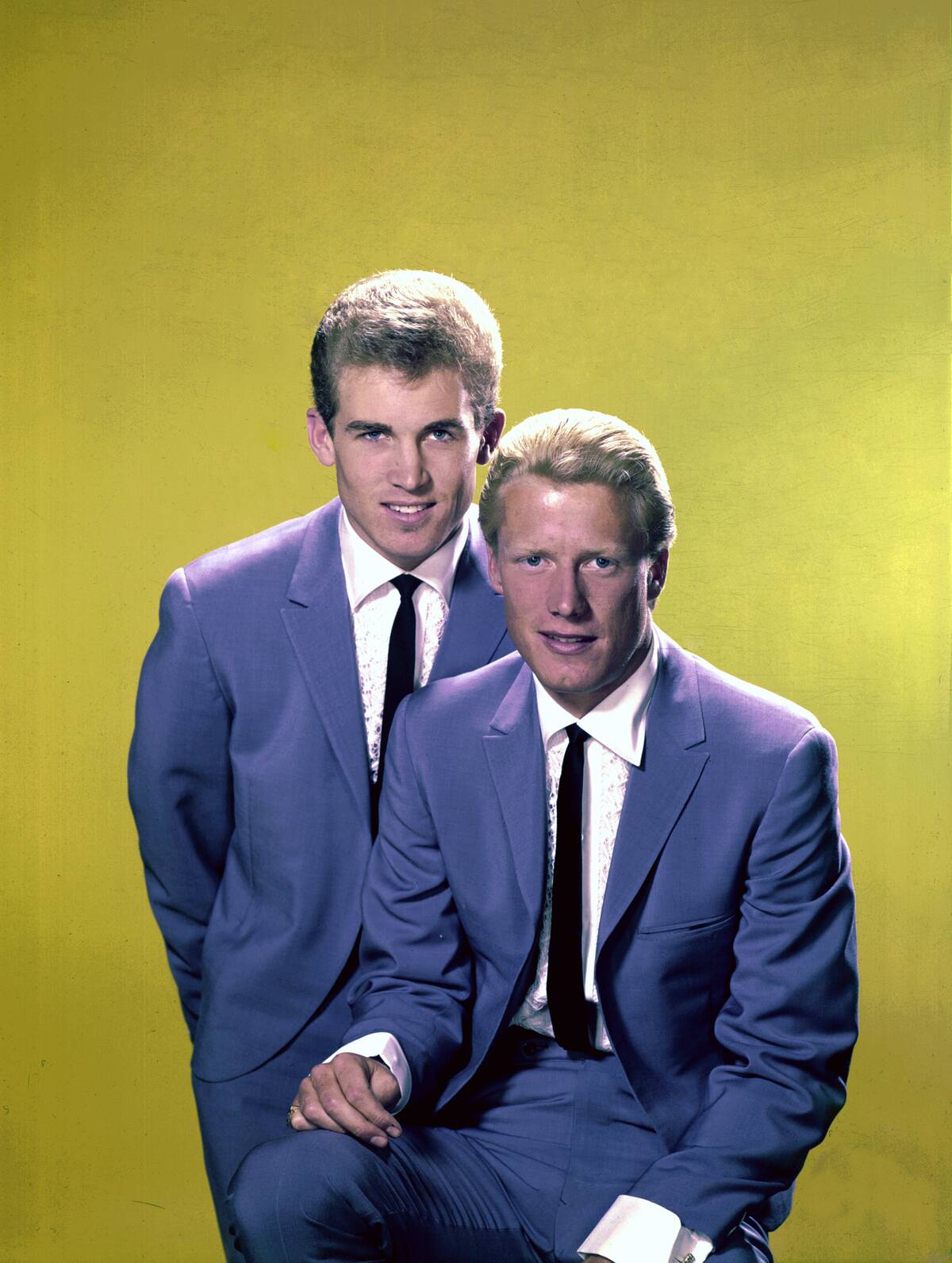
Consisting of William Jan Berry and Dean Ormsby Torrence, Jan & Dean have an oddly muted legacy among the general public, considering that their number-one hit “Surf City” did as much for America’s surf culture as the Beach Boys did (and was co-written by Brian Wilson of that band to boot).
They’re perhaps best remembered for their drag racing hit “Dead Man’s Curve,” which would turn out to be eerily prescient, as Berry would get into a near-fatal car accident just two years after “Dead Man’s Curve” became a hit. It put him in a coma for two months and left him partially paralyzed.
The Dave Clark Five
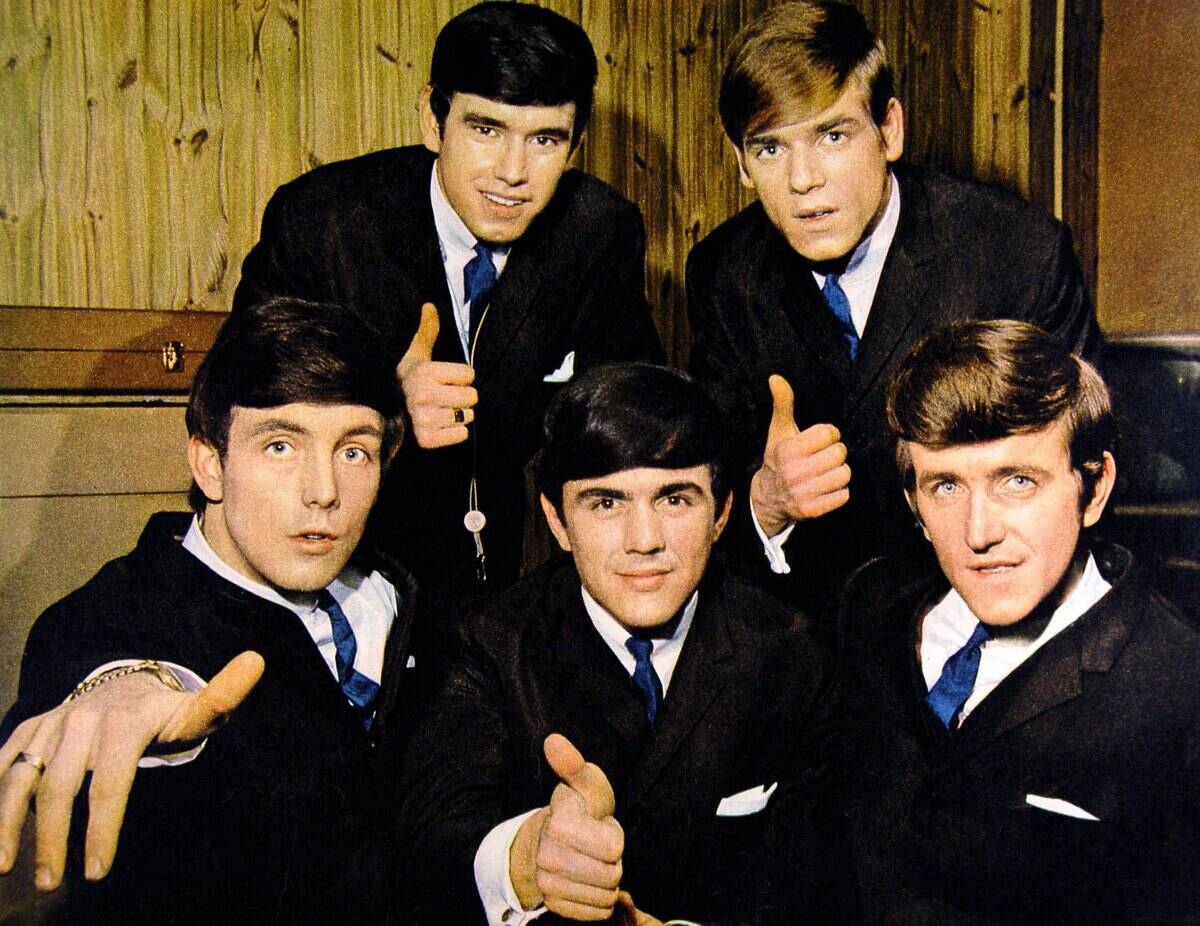
Although the Dave Clark Five has an impressive string of eight top-ten hits (including a number-one hit in 1965’s “Over And Over”), their legacy in the decades since has become fairly unfortunate.
After all, rather than being known for their actual music, the Dave Clark Five is better known for being the biggest early rivals of The Beatles and the band that always seemed to come so close to hitting the Liverpudlian band’s historic landmarks. In just one example, they were the second act of the British Invasion to appear on The Ed Sullivan Show. Guess who the first band was.
The Turtles
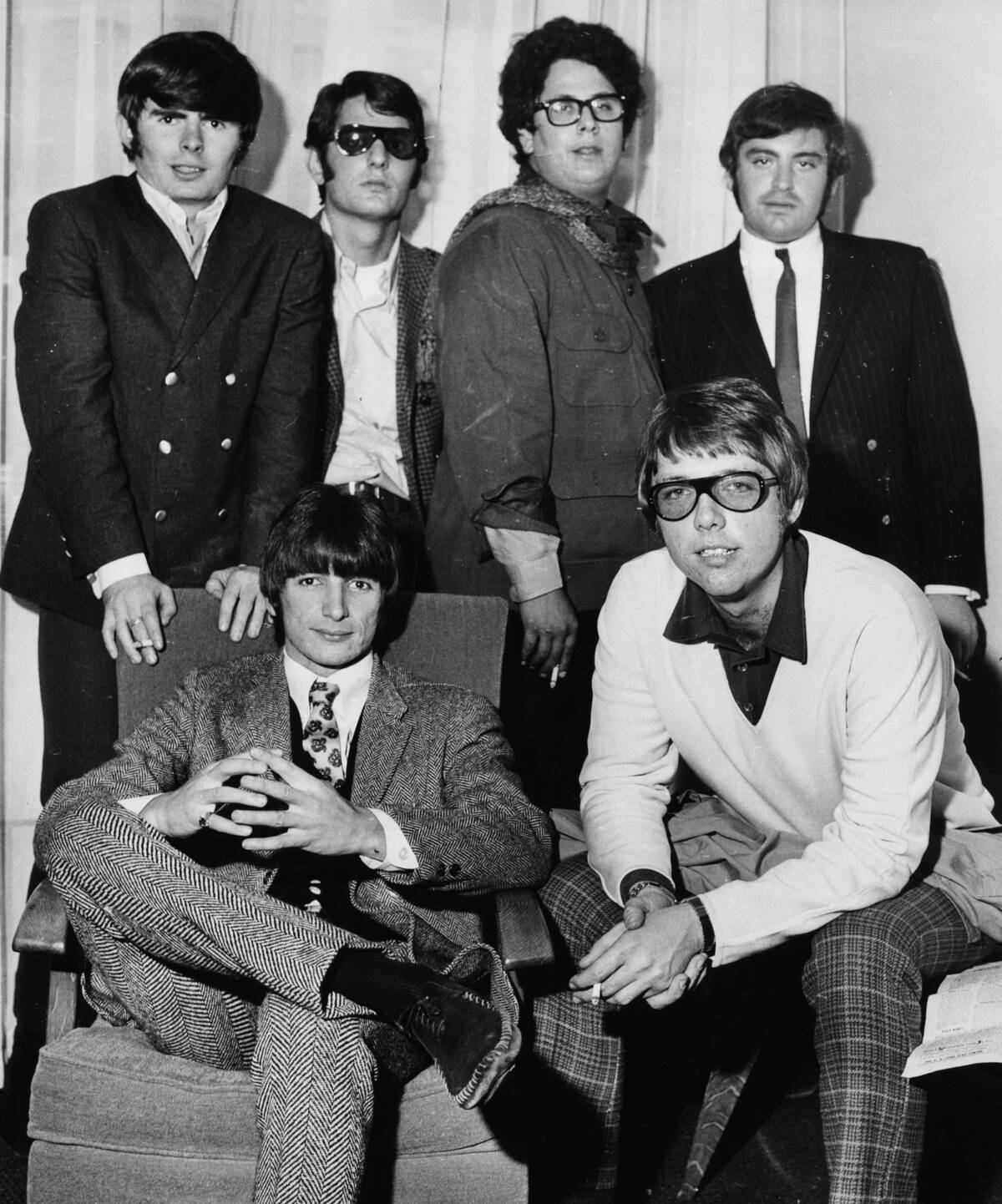
Much like in the case of The Hollies, it would be misleading to call The Turtles completely forgotten, as their endlessly happy song “Happy Together” is still as well-known and beloved as when they first sang the “I can’t see me lovin’ nobody but you for all my life” chorus in 1967.
However, the recognition they received for that song makes it easy to forget that they had other hits. Although they didn’t stay at number one for three weeks like “Happy Together” did, “Elenore” from 1968 and “You Showed Me” from 1969 both made it to number six, while 1967’s “She’d Rather Be With Me” hit number three.
Bubble Puppy
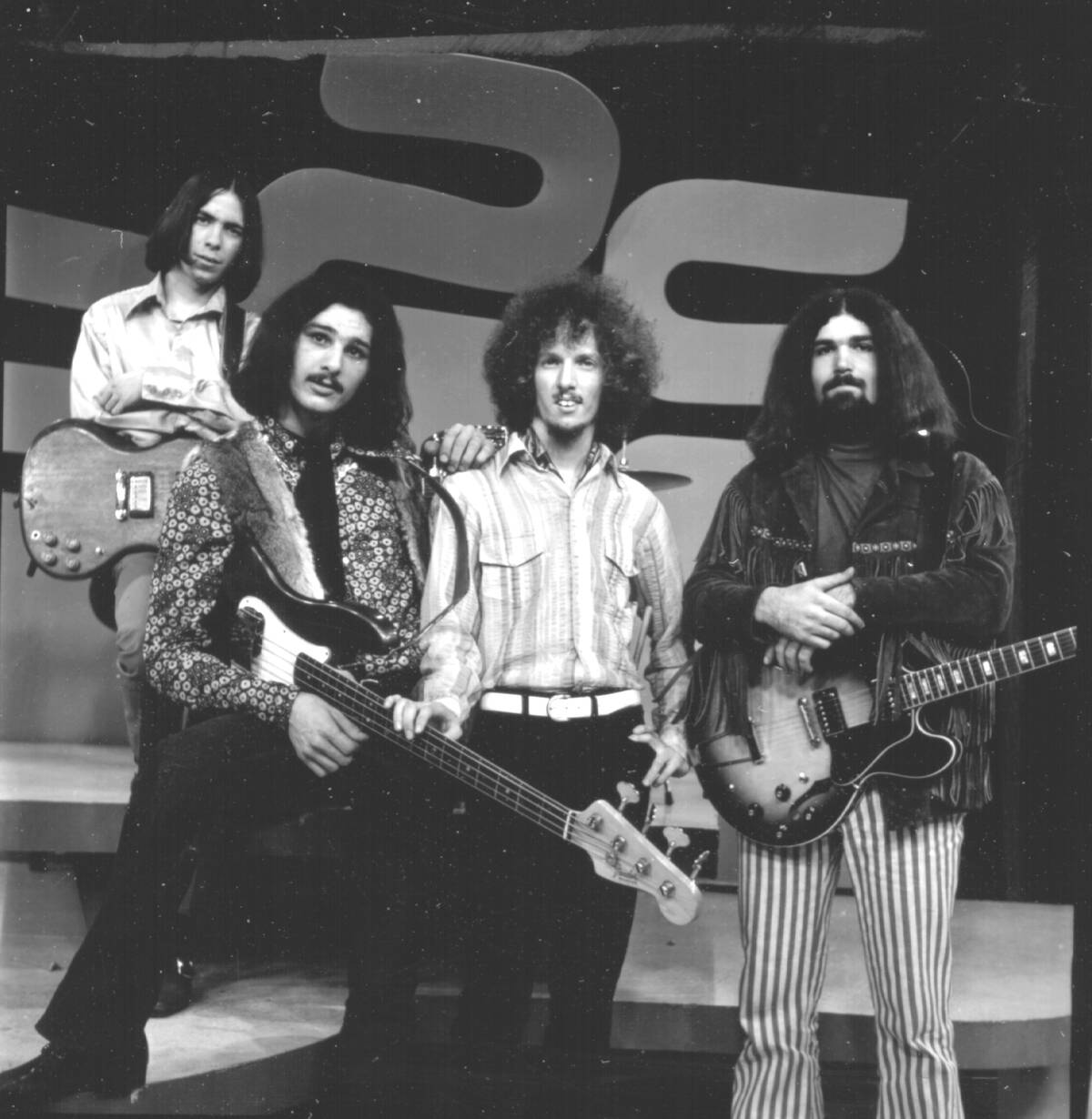
Despite their name, Bubble Puppy were actually considered a fairly hard-edged psychedelic rock act in 1969. Indeed, there’s a case to be made that their music would end up more closely resembling the punk movement that sprang up a decade later than the hippie movement of the time.
Perhaps that was why they didn’t seem to get much staying traction in the late ’60s and ’70s, as Bubble Puppy would only see their song “Hot Smoke And Sassafras” make it into the Top 20 in 1969.
The Lovin’ Spoonful
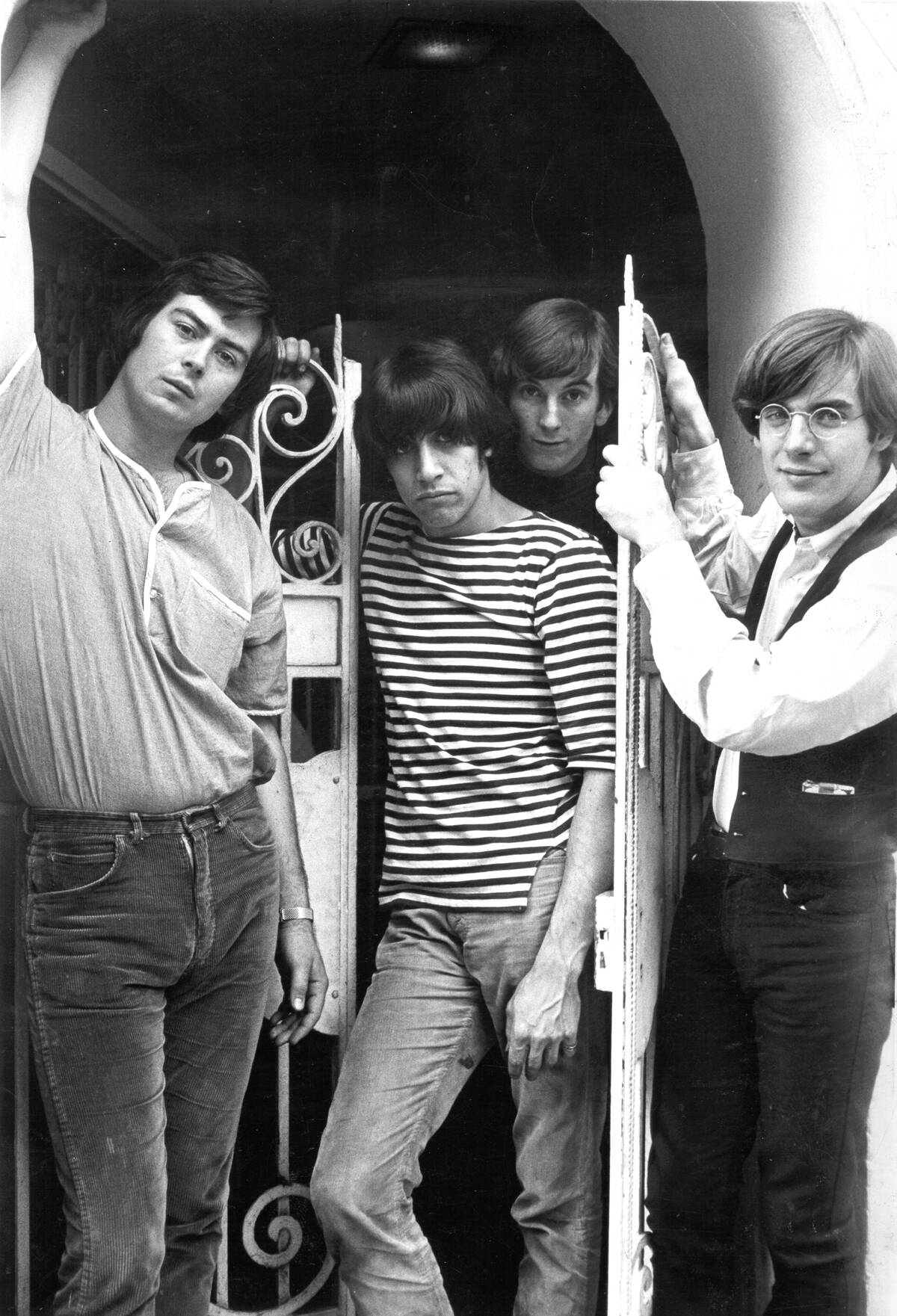
Between 1965 and 1966, The Lovin’ Spoonful were one of the most popular bands in America. They hit their peak in 1966, when their catchy, energetic song “Summer In The City” stayed at the number-one spot for three weeks.
After three years of top-ten hits, however, The Lovin’ Spoonful found their singles could no longer make it into the top 40 by 1968 and wouldn’t come close by the following year. It likely mattered little to the band’s remaining members, as they would have already disbanded before the year was out.
Jay And The Americans
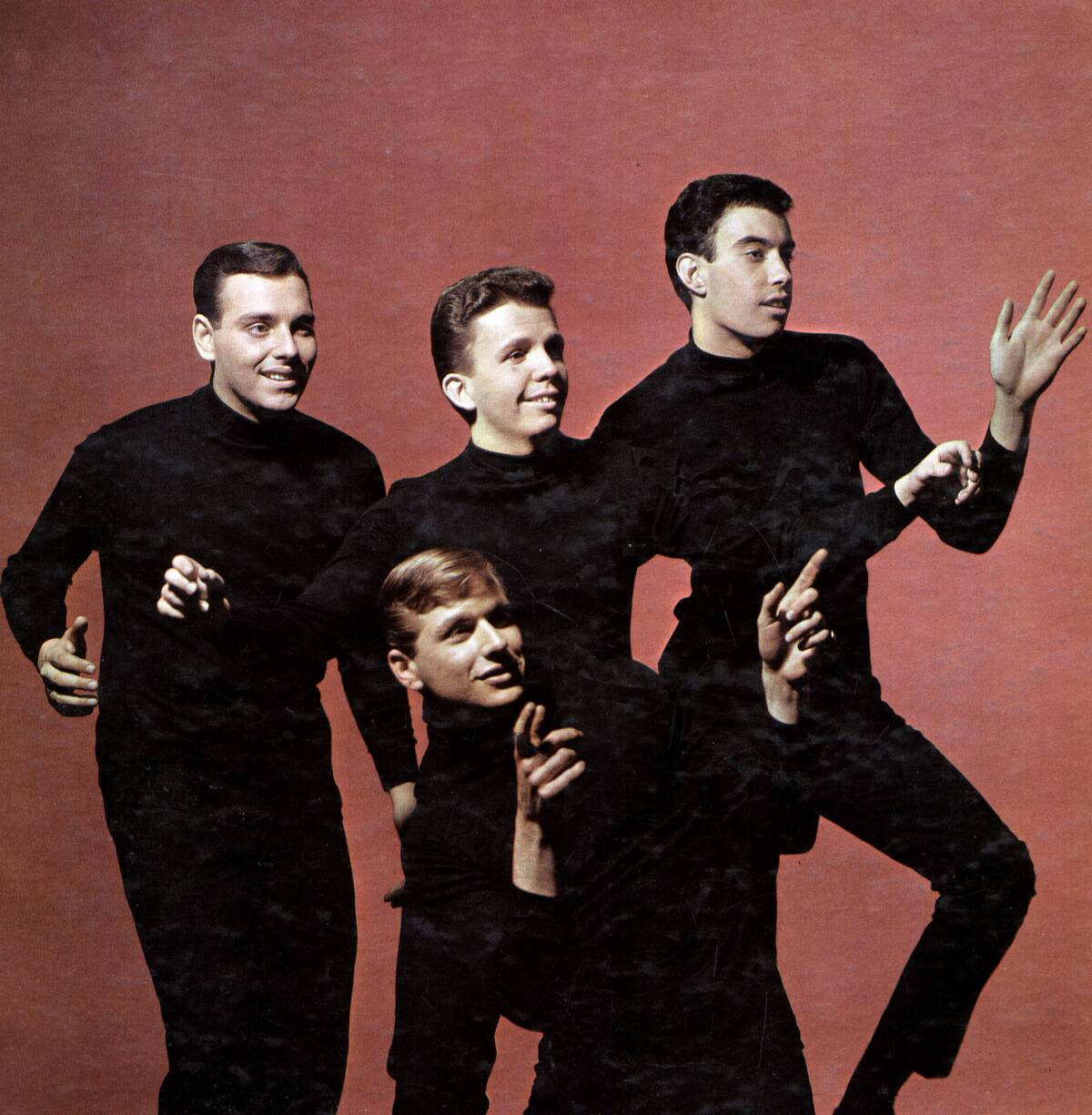
Although Jay & The Americans formed during the ’50s, it wasn’t until 1962 that they scored their first smash hit, “She Cried.” Two years later, they would fare even better when “Come A Little Bit” closer made it to number three.
Success would intermittently find them again throughout the decade, as their 1965 single “Cara, Mia” would reach number four and a cover of the Drifters song “This Magic Moment” would hit number six in 1968. After 1970, however, Jay & The Americans never found their way on the charts again.
The Rascals

Although they’re perhaps best known in modern times for the bouncy, happy classic “Good Lovin,'” the irony is that it’s not even the only number-one hit The Rascals had in their heyday.
The song “People Got To Be Free” would achieve similar status in 1968, and it wouldn’t be the only top-ten hit they achieved that year, as their song “A Beautiful Morning” also reached number three. They would break up in the early 1970s after the hits dried up and the band’s personal differences became more than they could tolerate.
The Tornados
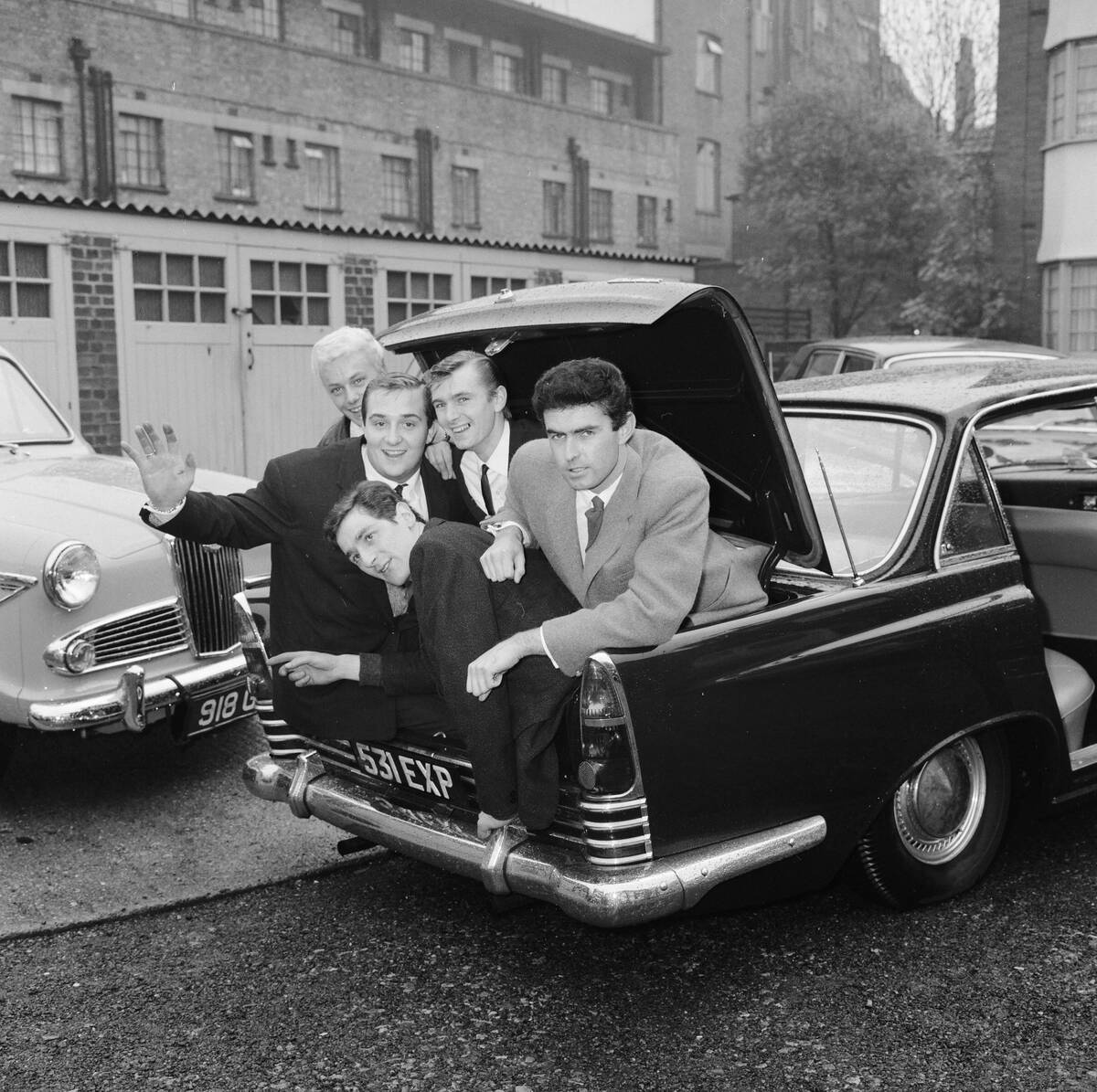
Originally hired as a backing band for film soundtracks, The Tornados made history by being the first British band to achieve a number-one single in the United States with their 1961 hit “Telstar.”
Given their pedigree in scoring movies up to that point, it perhaps shouldn’t be surprising that the song that put them on the map would be a purely instrumental recording. The band would exist in different incarnations after partially dissolving in 1975.
The Surfaris
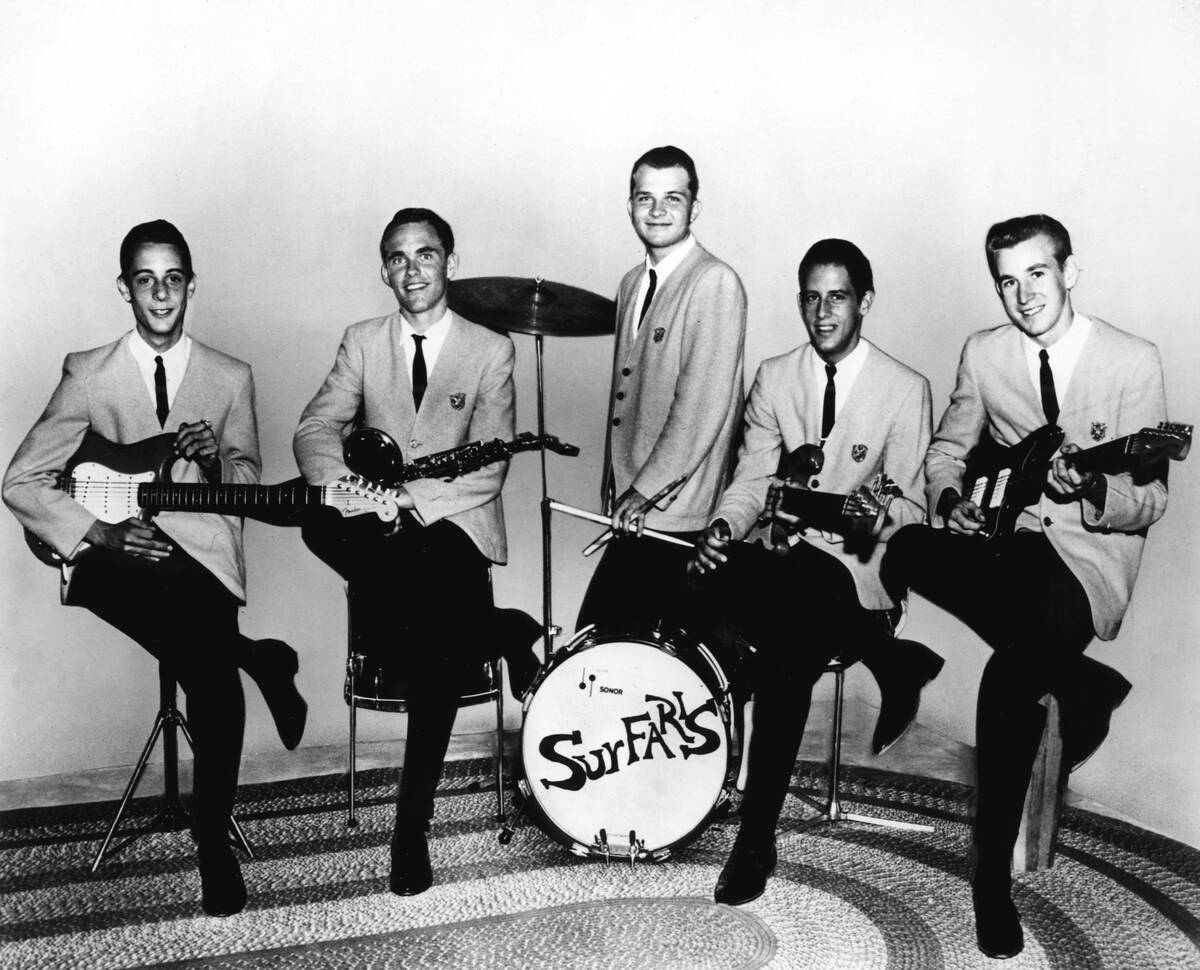
Although The Beach Boys and Jan and Dean were some of the biggest names in early ’60s surf rock, the most iconic song about surfing is still probably the mostly instrumental track “Wipe Out” from 1963.
Unsurprisingly, that enduring surf anthem was performed by a band called The Surfaris, who ended up being relieved when it improbably took off after the single’s A side “Surfer Joe” failed to chart. “Wipe Out” would reach number two and then improbably chart again in 1966 at number 16. By that point, the band was breaking up after hemorrhaging members.
